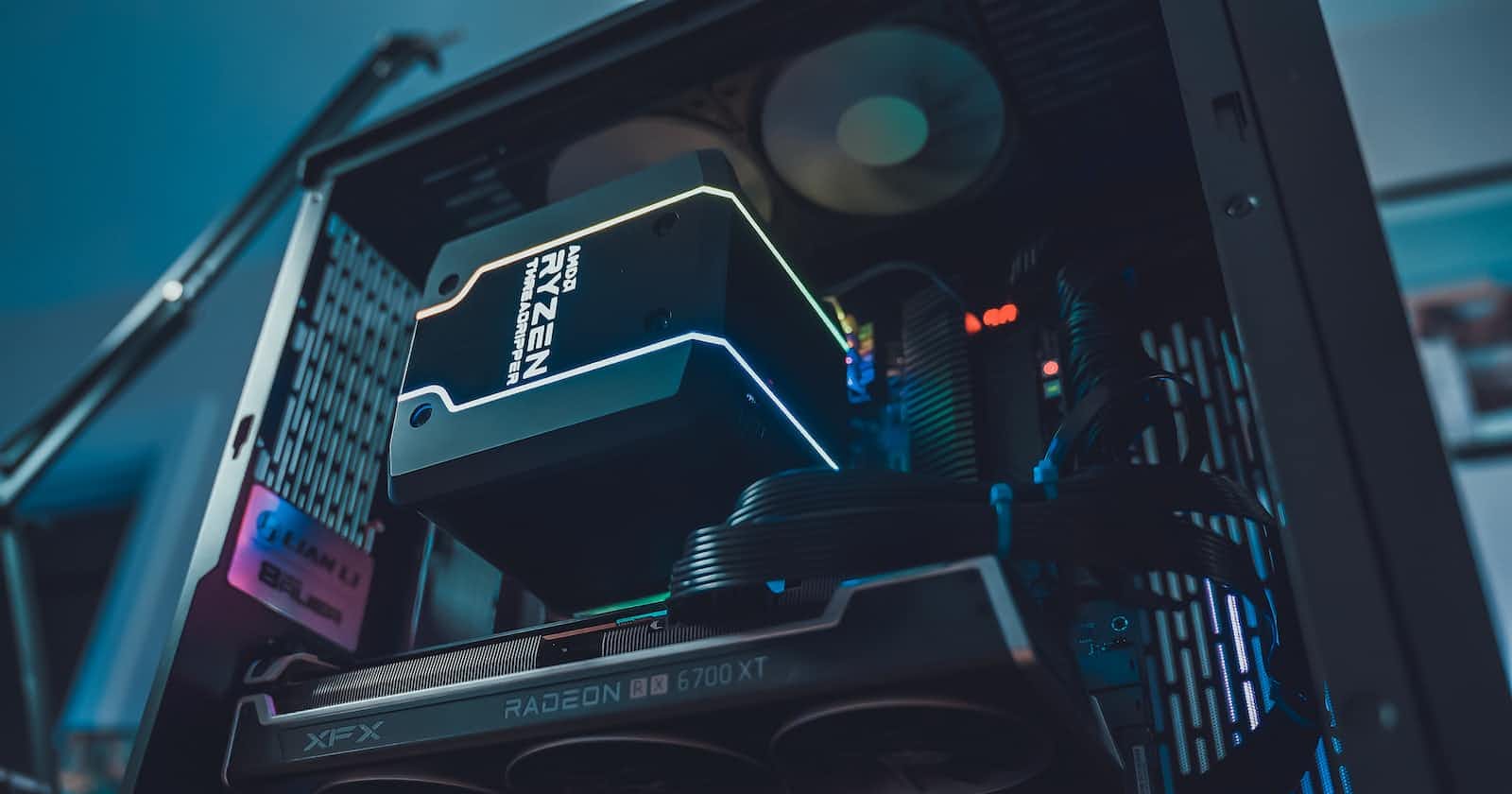
Photo by Onur Binay on Unsplash
Embarking on a 60-Day Digital Ocean Odyssey: A Comprehensive Guide to Mastering Cloud Infrastructure
Introduction
In today’s rapidly evolving tech landscape, mastering cloud infrastructure is a pivotal skill. Among the myriad of cloud service providers, Digital Ocean stands out for its simplicity, flexibility, and robust features. Embarking on a 60-day journey to explore and master the Digital Ocean can be both exciting and daunting. Fear not, as this comprehensive guide is designed to assist you through this odyssey, breaking down complex concepts into manageable daily tasks.
Week 1-2: Understanding the Basics
Day 1-3:
Day 1: Research and understand basic cloud computing concepts.
Day 2: Create a Digital Ocean account. Familiarize yourself with the dashboard.
Day 3: Explore Droplets (virtual servers). Create your first Droplet.
Day 4-7:
Day 4-5: Learn about different Droplet configurations (Standard, General Purpose, CPU-optimized).
Day 6: Study networking concepts in Digital Ocean (Floating IPs, Load Balancers).
Day 7: Understand storage options (Block Storage, Spaces).
Week 3-4: Advanced Features
Day 8-14:
Day 8-9: Dive into Kubernetes basics and set up a Kubernetes cluster.
Day 10-11: Explore Managed Databases (PostgreSQL, MySQL).
Day 12-14: Learn about Digital Ocean's API and CLI tools. Practice basic commands.
Week 5-6: Deployment and Optimization
Day 15-21:
Day 15-16: Set up a web server (Nginx, Apache) on your Droplet.
Day 17-18: Deploy a sample web application (e.g., a simple website or a small API) on your server.
Day 19-21: Explore monitoring and optimization techniques. Learn about monitoring tools and best practices.
Week 7-8: Security and Scalability
Day 22-28:
Day 22-23: Study security practices in Digital Ocean (Firewalls, SSH Key Authentication).
Day 24-25: Implement SSL/TLS certificates for your websites.
Day 26-28: Dive deeper into scaling applications horizontally and vertically.
Week 9-10: Projects and Troubleshooting
Day 29-35:
Day 29-30: Start a small project (e.g., a personal blog) and deploy it on Digital Ocean.
Day 31-32: Learn about automated backups and implement them for your projects.
Day 33-35: Practice troubleshooting common issues and error handling.
Day 36-42:
Day 36-38: Explore advanced security topics (DDoS protection, Two-Factor Authentication).
Day 39-40: Work on optimizing your deployed projects for performance.
Day 41-42: Engage with the Digital Ocean community, join forums, and participate in discussions.
Day 43-50:
Day 43-45: Research and implement CI/CD pipelines for your projects.
Day 46-47: Study container orchestration and implement it in your projects.
Day 48-50: Explore integrations with other services (GitHub, GitLab, etc.).
Day 51-60:
Day 51-55: Work on a larger project, utilizing various Digital Ocean services.
Day 56-57: Review and reinforce your knowledge with practice exams or quizzes.
Day 58-60: Fine-tune your projects, focusing on both security and performance optimization.
Remember, this plan is just a guideline. Adjust the pace according to your understanding and comfort level with the topics. Good luck with your learning journey!
